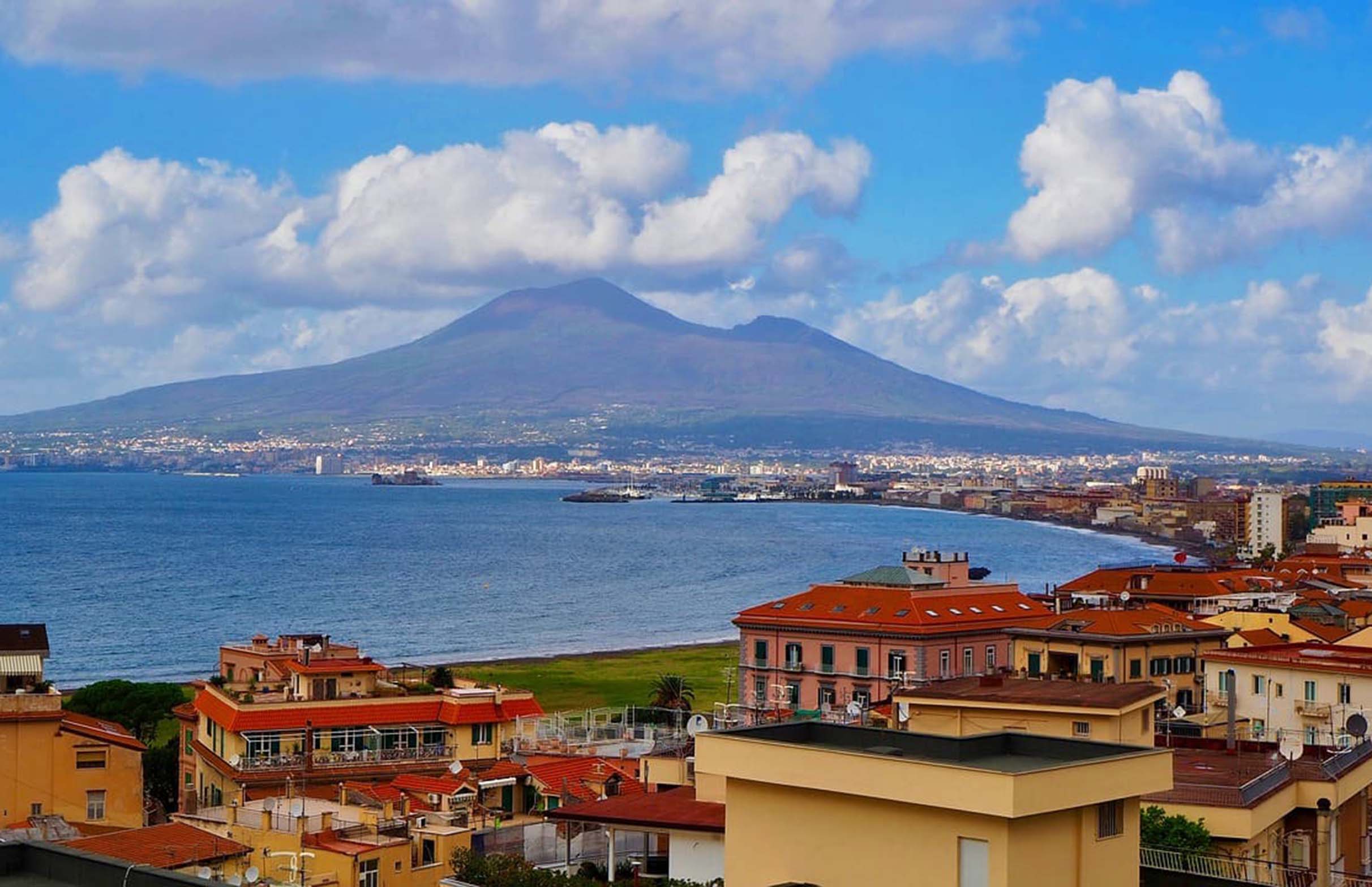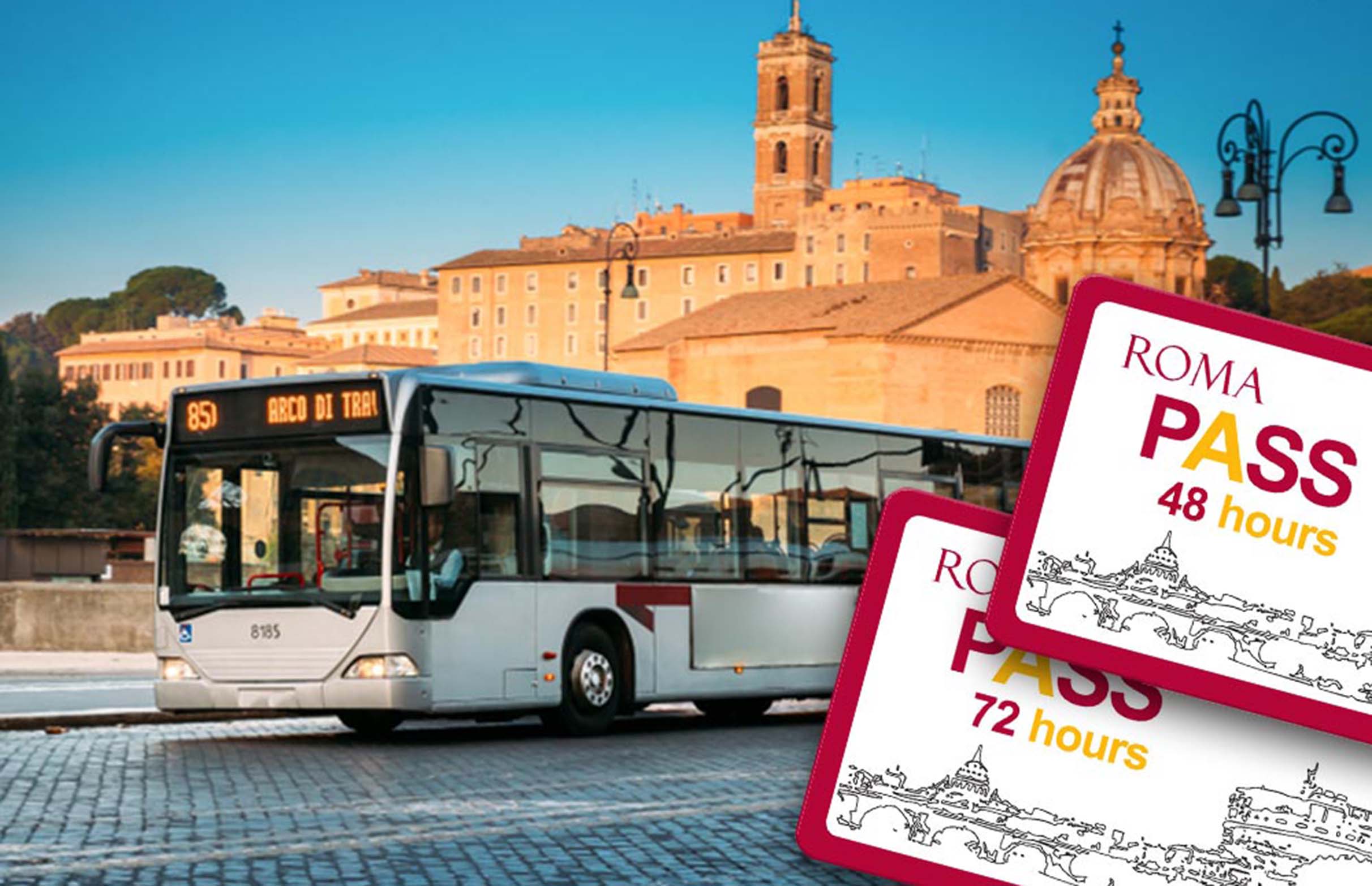Naples is a city of vibrant culture, rich history, and incredible food. It’s the birthplace of pizza and home to some of the most impressive historical sites in Italy, from the ancient ruins of Pompeii to the majestic Mount Vesuvius. But like any destination, Naples comes with its unique quirks and challenges that can make or break your trip. Having spent some time exploring this wonderful city, I’ve gathered a series of travel hacks that will help ensure your journey to Naples is smooth, enjoyable, and hassle-free.
1. Navigating the Streets of Naples
Naples is famous (or infamous) for its chaotic traffic, narrow streets, and maze-like alleys. The first thing you’ll notice when you step into the heart of the city is the hustle and bustle. Scooters zoom by in all directions, pedestrians spill onto the streets, and cars seem to maneuver with a disregard for traditional traffic rules.
My Tip: Walk, Don’t Drive
While renting a car might seem like a good idea, especially for day trips to nearby attractions like Pompeii or the Amalfi Coast, driving in Naples is not for the faint-hearted. The streets are narrow, parking is limited, and traffic can be overwhelming. Instead, use the city’s excellent public transportation system (more on that later) or simply walk. Walking is the best way to truly soak in the atmosphere of Naples, especially in the historic center where cars are often restricted.
2. Use Public Transport for Longer Journeys
If you need to get to parts of the city that are further away, like Vomero or Posillipo, the public transport system is your friend. Naples has a decent network of buses, trams, and metro lines, and while it’s not always punctual, it’s cheap and convenient.
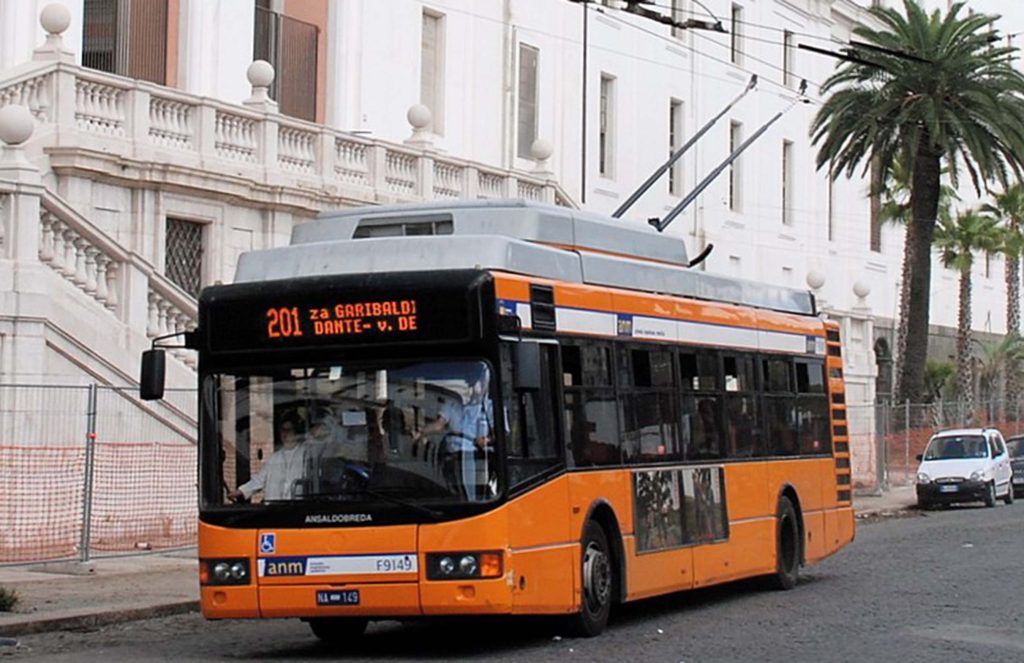
My Tip: Buy a Day Pass
One thing I learned quickly is that buying single tickets for each journey can be a hassle. Instead, purchase a day pass that allows unlimited travel on all forms of public transport for 24 hours. It costs around €4.50 and saves you both time and money. You can get tickets at tobacco shops, metro stations, or even through mobile apps.
Also, make sure to validate your ticket before boarding a bus or tram by stamping it in the little machines inside the vehicle. If you don’t, you could face a hefty fine if caught by ticket inspectors.
3. Stay Central for Convenience
When it comes to accommodation, staying in the heart of Naples offers the best access to the city’s main attractions. I stayed near Piazza del Plebiscito, one of the most famous squares in the city, which made it easy to reach historical sites, cafes, and restaurants on foot.
My Tip: Book Early and Stay Central
Naples has a wide range of accommodation options, but they tend to fill up fast, especially during peak travel seasons. Booking in advance is crucial. Staying in the Centro Storico (Historic Center) or areas like Spaccanapoli or Chiaia will put you within walking distance of many attractions, restaurants, and transportation hubs.
4. Dress Comfortably and Respect the Local Style
Naples’ weather can be unpredictable, so packing appropriately is key. During the summer, it gets quite hot and humid, while winters are mild but rainy.
My Tip: Dress Light but Carry Layers
When I visited in summer, the sun was relentless. Light, breathable clothing is a must, but I also recommend carrying a light jacket or shawl. Evenings can cool down quickly, and many churches and religious sites require visitors to cover their shoulders.
Neapolitans tend to dress stylishly, even for casual occasions. You don’t have to go overboard, but avoiding beachwear in the city and dressing neatly will help you blend in better.
5. Currency Exchange and SIM Cards
One of the first things I had to deal with upon arriving in Naples was exchanging currency and figuring out how to stay connected. I found that while most places in the city accept credit cards, it’s still wise to carry cash, especially when visiting local markets or smaller eateries.
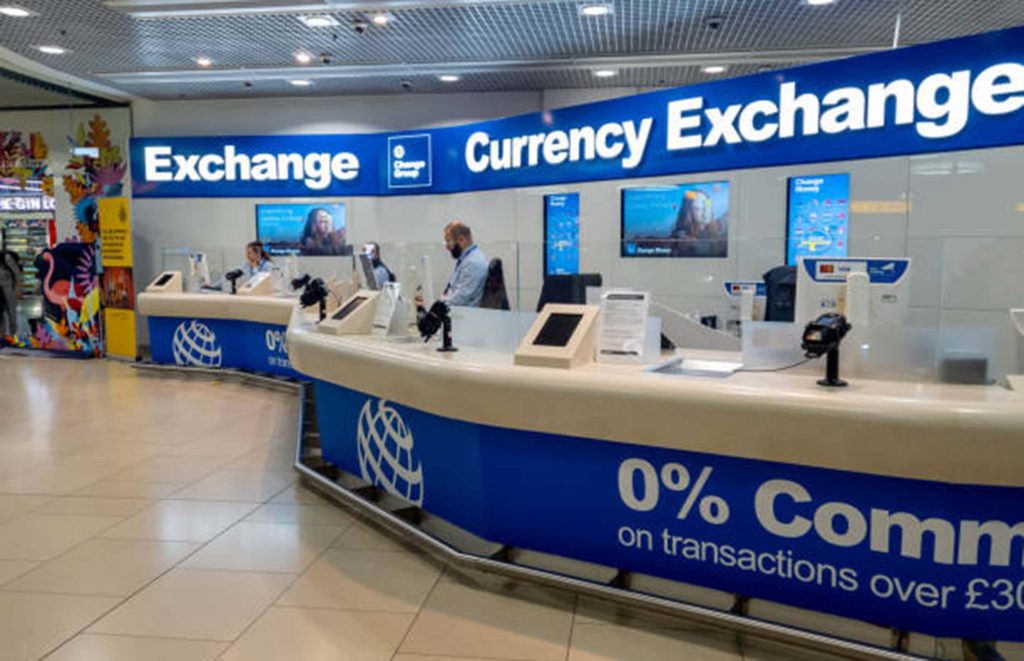
My Tip: Avoid Airport Currency Exchange
The exchange rates at Naples International Airport are not the best. Instead, I recommend withdrawing euros from an ATM once you’re in the city. Just be mindful of any fees your bank might charge for foreign withdrawals.
As for staying connected, purchasing a local SIM card is the way to go. I picked up a Vodafone SIM card at a local store, and it worked like a charm for the duration of my trip. Plans were affordable, and I had enough data to use maps, make calls, and stay connected on social media without any hiccups.
6. Local Etiquette and Cultural Norms
Italy, and Naples in particular, has its own set of customs and traditions that are worth knowing to avoid unintentional rudeness. One of the things that stood out to me was how warm and welcoming Neapolitans are, but they also expect respect in return.
My Tip: Learn a Few Italian Phrases
Even though many people in Naples speak English, particularly in tourist areas, knowing a few basic Italian phrases can go a long way. A simple “Buongiorno” (Good morning), “Grazie” (Thank you), or “Per favore” (Please) can earn you smiles and a warmer reception.
In my experience, Neapolitans are very expressive and friendly, but they also value personal space. When greeting someone, a handshake is the norm for formal settings, but among friends or acquaintances, you’ll often see the double-cheek kiss (starting on the right).
Another important aspect of etiquette involves meal times. Italians tend to eat lunch between 1:00 PM and 3:00 PM, and dinner usually doesn’t start until 8:00 PM or later. I made the mistake of showing up at a restaurant at 6:30 PM and found it completely empty!
7. Must-See Sights in Naples
Naples is full of fascinating sights, but with limited time, it’s important to prioritize the highlights. Here are four spots that I highly recommend for any first-time visitor.
1. The Naples National Archaeological Museum
If you’re a history buff, this is an absolute must. Home to an extensive collection of Roman artifacts, including treasures from Pompeii and Herculaneum, the museum is a treasure trove of ancient art and history.
How to Get There: Take the metro (Line 1) to the Museo station. The museum is a short walk from there.
Tips: Try to go early to avoid crowds, and plan to spend at least two hours here to fully appreciate the exhibits.
2. Castel dell’Ovo
This ancient seaside fortress offers stunning views of the Gulf of Naples. The castle itself is fascinating, and its location on the water makes it a beautiful spot for photos.
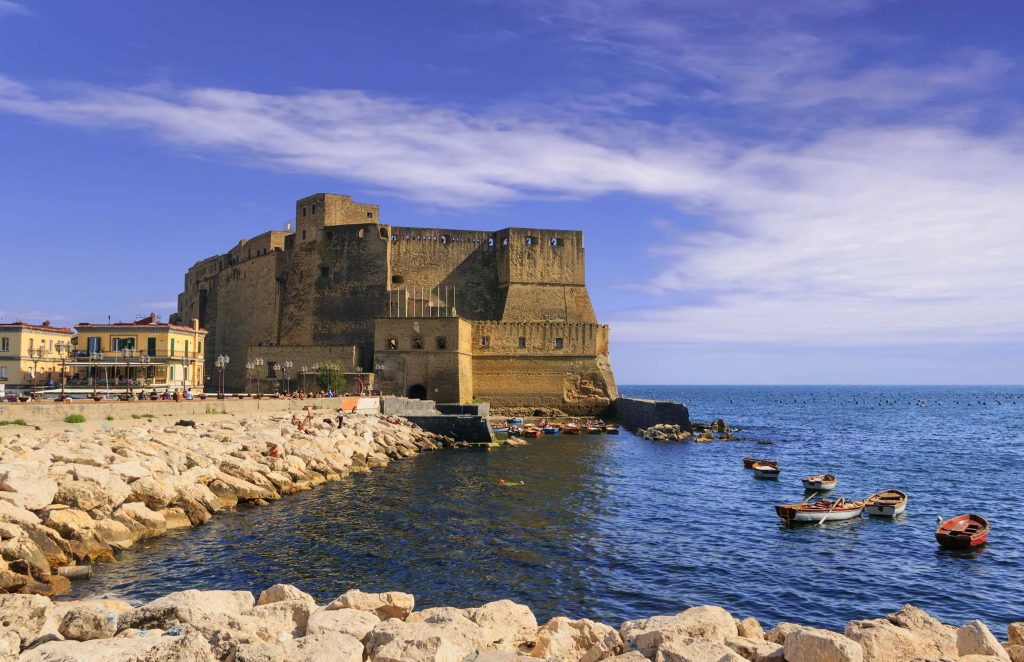
How to Get There: You can take a leisurely walk from Piazza del Plebiscito, or catch a bus to Via Partenope.
Tips: Entrance is free, but check the opening hours before you go. Also, bring a camera to capture the panoramic views.
3. Spaccanapoli
Spaccanapoli is a long, narrow street that cuts through the heart of Naples’ historic center. Lined with churches, shops, and cafes, it’s the perfect place to get lost and discover the charm of the city.
How to Get There: Spaccanapoli is easily accessible by foot if you’re staying in the city center.
Tips: Wear comfortable shoes, as the cobblestone streets can be tough on your feet after a while. And don’t miss a stop at the famous Sansevero Chapel, home to the stunning Veiled Christ statue.
4. Mount Vesuvius
A trip to Naples wouldn’t be complete without a visit to Mount Vesuvius. The infamous volcano that destroyed Pompeii is still active, and hiking to the crater is an unforgettable experience.
How to Get There: Take the Circumvesuviana train to Ercolano and then catch a bus or taxi to the trailhead.
Tips: The hike is moderately challenging, so bring water and wear sturdy shoes. The views from the top are worth the effort!
8. Street Food Must-Try and Safety Tips
Naples is the birthplace of pizza, but the city’s street food scene offers much more than just slices of this iconic dish. One of my favorite discoveries was sfogliatella, a delicious, flaky pastry filled with ricotta cheese. I also enjoyed cuoppo, a paper cone filled with fried seafood, which you can find at street stalls throughout the city.
My Tip: Eat Where the Locals Eat
When it comes to street food, my advice is to avoid the touristy areas and head to where the locals line up. One such spot is Di Matteo on Via dei Tribunali, which is famous for its pizza and fried snacks. The food is fresh, delicious, and much more affordable than the options near the main tourist attractions.
As for food safety, I didn’t have any issues with street food in Naples, but it’s always a good idea to check that food is freshly prepared and hot. Also, avoid raw seafood unless you’re at a reputable restaurant.
